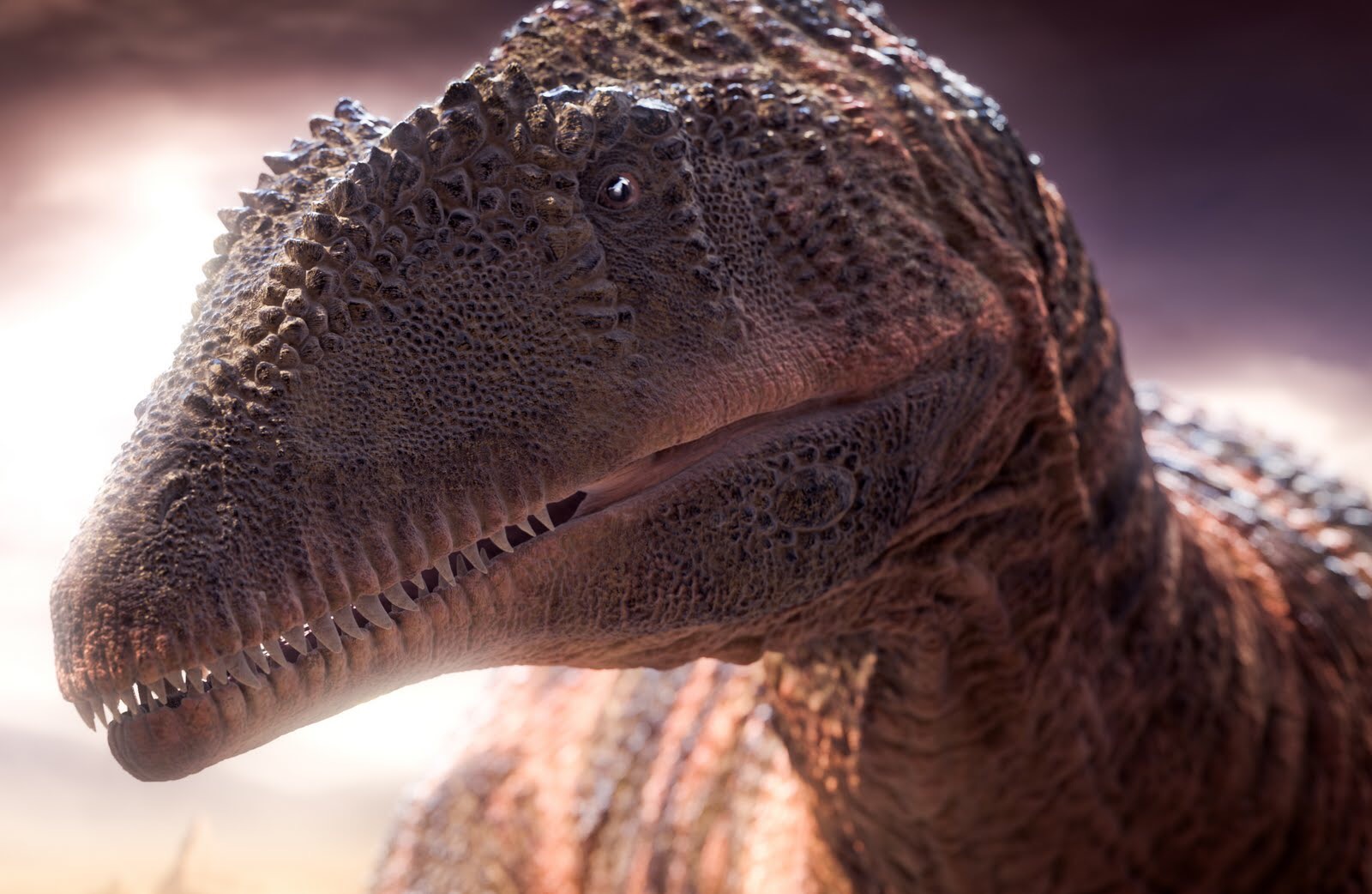
Something Real
MemberTyrannosaurus RexOct-17-2014 9:20 AMHello there.
Over the past few weeks, I've had the time to consider the implications of the new hypothesis that suggests Spinosaurus Aegyptiacus was a functioning quadruped that spent a considerable amount of time in the water, to wit the revisions that would have to be applied to its ecology. Gazing upon Stromer's Riddle, we can easily see that there is still so much we don't yet fully understand about these immense, beautiful theropods; a fact that becomes glaringly obvious when we focus upon their life cycles - most importantly their manner of procreation. Taking a more traditional standpoint, we could easily envision Spinosaurus laying clutches of eggs within large, dome-like nests upon the shores of their watery domain, much in the same fashion as modern day crocodiles. One or both of the parents would undoubtedly keep a sharp watch over the nest from the water's edge, driving away or outright killing anything foolish enough to encroach upon the sanctuary of their unborn children (an act that would almost certainly be tantamount to suicide, in my opinion). Upon hatching, nestling Spinosaurs would likely take to the water with their parents, perhaps staying within shallow lagoons and estuaries while they refined their ability to swim and hunt (I imagine Spinosaurus babies were utterly adorable, perhaps chirping to procure their parents' attention).
Of course, there is another route we can take when looking at Spinosaurus and attempting to surmise the manner by which it conceived and reared young - one that is far less orthodox than the aforementioned theory and requires a slightly more critical and open-minded view of this magnificent animal's physiology. Basing details upon the assumption that Spinosauerus Aegyptiacus was in fact an aquatic animal, there is a question that can be posed which at first might seem a bit outlandish. What if this animal had "live" births? Is such a thing even possible? Throughout the world, there are many examples of water-borne life-forms giving birth to live young. One only has to look to dolphins, other comprable cetacean and even certain species of shark. Could it have been that Spinosaurus protected its unborn children within so dangerous a world by carriying them within a womb rather than laying eggs? Such a concept bears weight in that it would be an excellent manner by which to safeguard one's young. When children are gestating within a 50ft-long, 8 ton leviathan whose claws and teeth can rip just about any contender to bloody shreds, they tend to be safe from the predations of animals who've adapted to pillaging nests for eggs. Looking upon Spinosaurus Aegyptiacus from this percpective, it is quite easy to wonder if this remarkable creature might have been even more amazing than we first assumed - representing a uniquely adapted physiology for its era.
I certainly hope this segment of my theoretical thinking has been interesting and/or thought-provoking for you. As always, your thoughts and conjecture on this topic are most appreciated - even if you choose to keep them to yourself. :)














